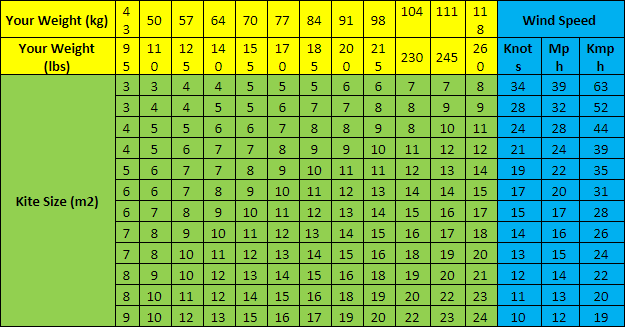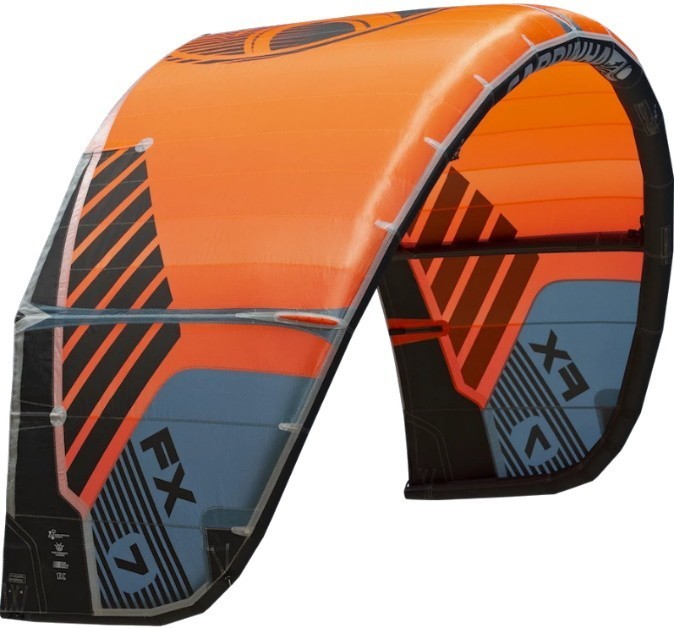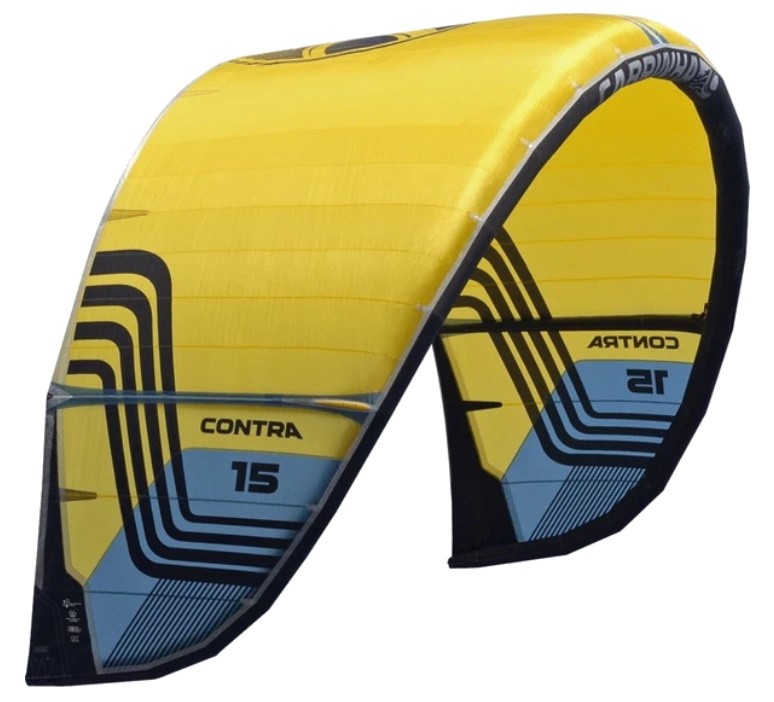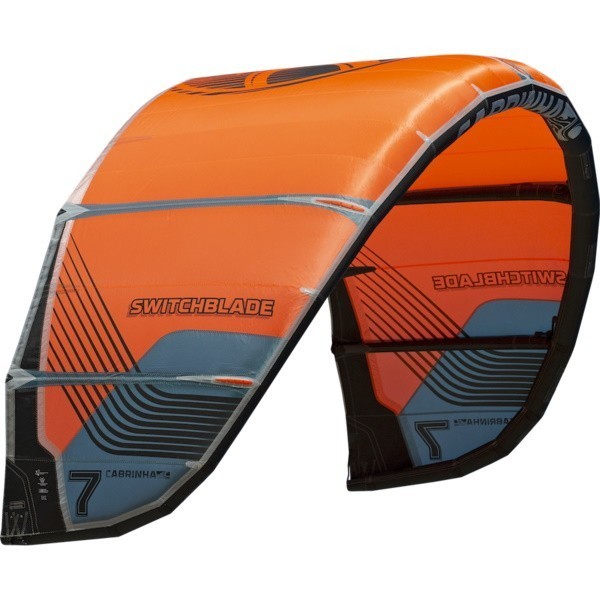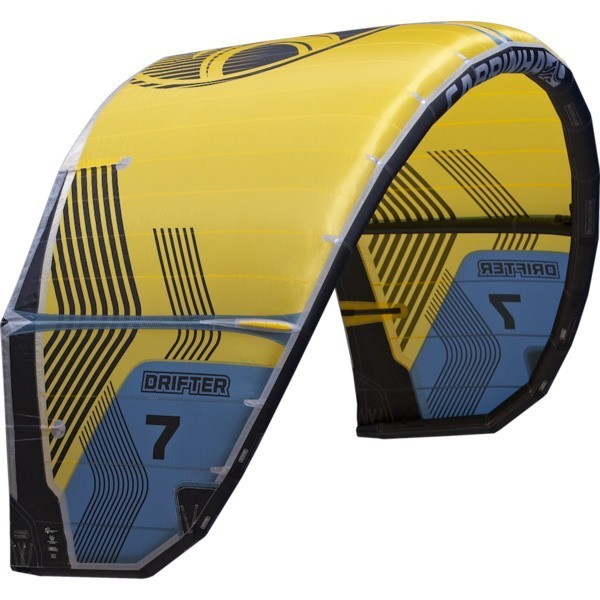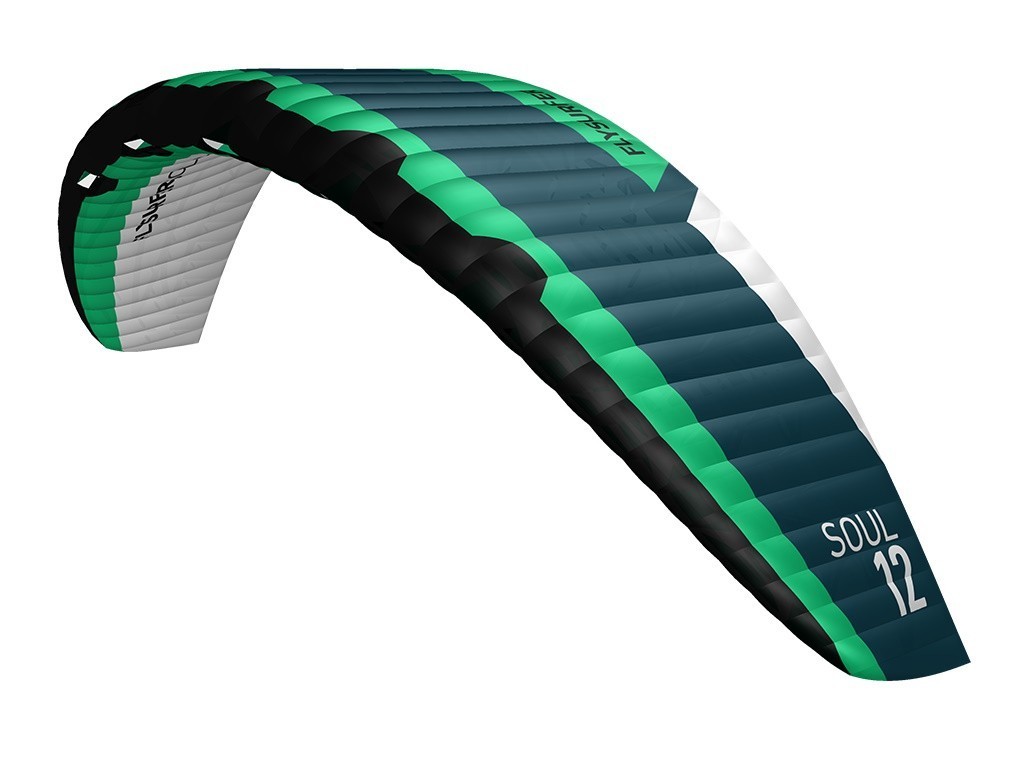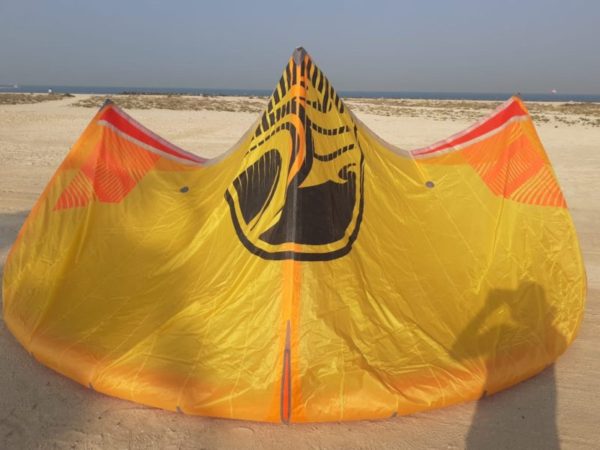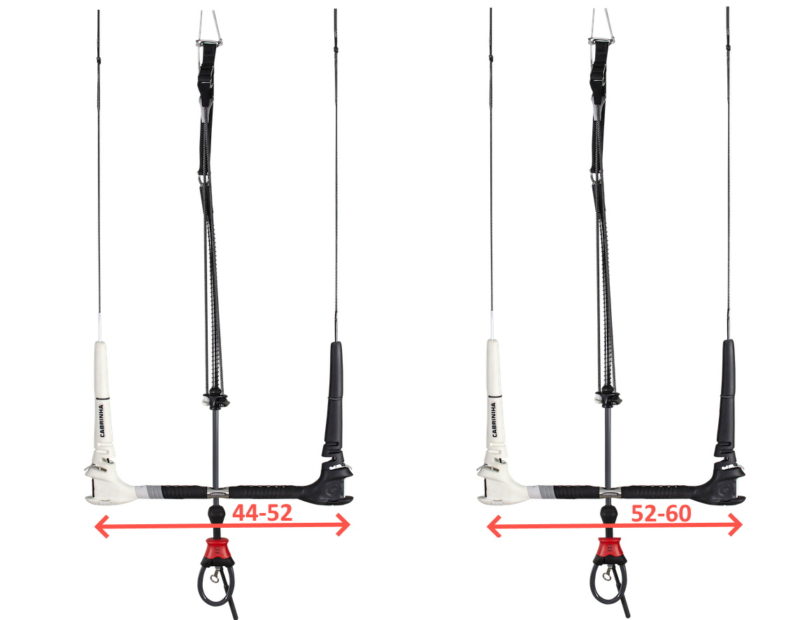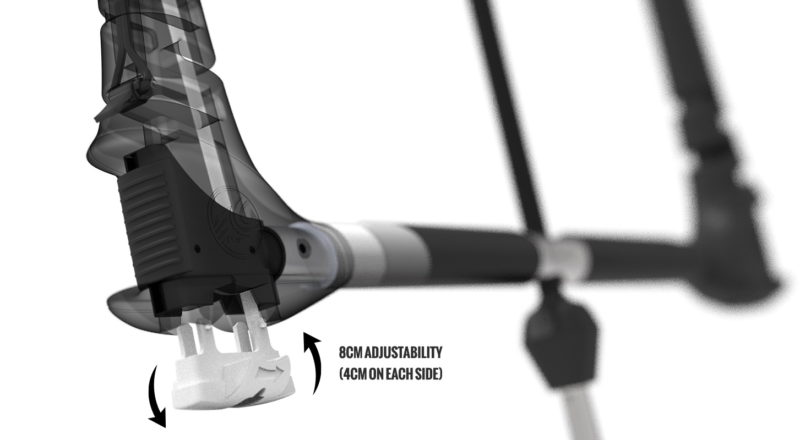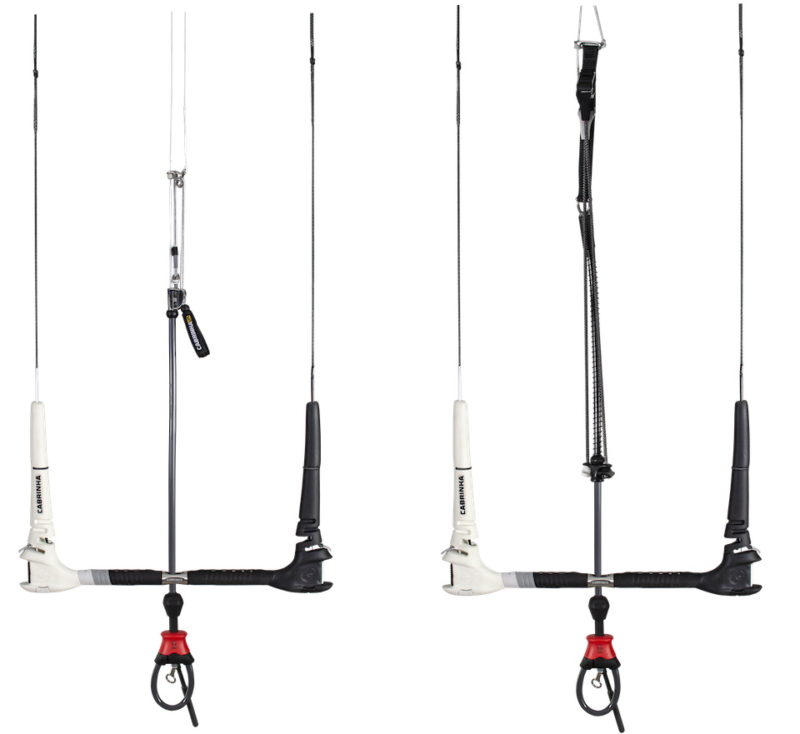A Practical Guide To Buying Your First Kite surf equipment
Let’s admit it… buying your first kite can be very difficult, especially when there’s a ton of conflicting information floating around the web. This information overload may leave you feeling overwhelmed and even more confused than before you started your search for a kite.
There must be a better way to choose a kite, right?
Well, it turns out that buying your first kite may not be as hard (or as confusing) as you may have thought. All you need to do is to follow a simple guideline.
So in this article, you are going to learn how to choose your first kite with ease.
What you will learn:
- Finding the right size
- Choosing the style of kite
- Choosing between a brand new kite or a kite surf equipment package a second hand kite
- Selecting the right type of bar
Alright, let’s get into details…
FINDING THE RIGHT KITE SIZE
This is the most critical question that you need to ask yourself before you choose a kite, where am I going to use the kite . There are 3 things that you need to consider when it comes to finding the right kite size:
- Average wind speed at the spot
- Kite Board size (Bigger boards for heavier riders and lighter wind conditions)
- Rider weight.
The best person that can give you a sound advice would be your kite instructor. Your kite instructor definitely has a good idea on which kite is suitable for a particular kitesurfing spot and can also inform you which type of board is best suited for the location.
Now, in case you want to gather additional information, you may consider visiting the beach where you plan to kite. Talking to the local kite surfers and asking them about the wind and water conditions will give you an even better idea of what you need; don’t be shy, kitesurfers are some of the friendliest sportspeople out there!
Here’s a simple guide to determine which kite is appropriate for a particular wind speed:
Large kite size for lighter winds (14-18m) – 7-13 Knots.
Medium kite size for medium winds (11-13m) – 13-17 Knots
Small kite size for higher winds (5-9m) – 18-25 Knots
Getting the right information about the wind speed, water, and your weight as a kite surfer will allow you to choose the correct size of your kite. Check the tables below for weight guideline:
If you’re still not confident enough to choose your kite, we highly suggest you get in touch with our instructors pass by our kite surf shop to get the best advise about the right gear for you. All our staff are highly experienced and will walk you through the different range of gears according to your weight and wind conditions.
CHOOSING THE STYLE OF KITE
There are three main styles of kites that you can find in the market:
C Kites
The kite’s name adopted the form of the kite itself, which is C-shaped. C-kites have no bridles and all the lines are connected directly to the kite but the deal has changed lately with Cabrinha kites as they eliminated the pure Cshape kites and created a kite that perform like a C shape kite but with 4 lines only and relaunch easier out of the water compared to a C-shape kite. They don’t have a great deal of depower however, making them a bit difficult to relaunch from the water. Certainly, they are not meant for beginners.
The design of C-kites is more suited for advanced riders. One of its main features is it allows the rider to perform unhooked tricks and powered kite loops. Although the kite has made significant improvements in recent years, they are still not the best choice when it comes to maneuverability. In our humble opinion, the best C-kite that is currently in the market today is the Cabrinha FX and the Eleveight FS
SLE Kites
SLE or Supported Leading Edge kites, has a bridle on the Leading Edge and has a flatter profile in the sky. They are the most popular kite in the market for a good reason. These kites have more advantages compared to the other kite designs as they are easy to relaunch and have increased de-power range which makes them easy to maneuver. They are great for all skill levels, whether you are a beginner or a seasoned kitesurfer and one of the best Kites to start with is the that’s known to be very user friendly kite, easy to relaunch out of the water and very forgiving for beginners in terms of power transmission to the kiter.
SLE Variation
The manufacturers saw the advantages of adding bridles to kites, and so they developed different variations of SLE’s by using the shaping from C-kites. This made an improvement on C-kite allowing it to be more versatile and maneuverable for the rider. It also allowed the manufacturers to make some adjustments to improve the performance because of the extra support coming from the bridles.
Apparently, the shape of the C-kite proves to be a drawback even when they added the bridles. The design of SLE made it better for the riders to control the kite and so the manufacturers implemented the technology to SLE kites. This made it easy for beginners and experienced riders alike to improve their skills and maneuver the kite with ease. Another variation to the SLE is the wave kites
Specifically designed for kitesurfing in waves and strapless surf freestyle, the Cabrinha Drifter has the ability to engage and disengage its power on command.
While catching a wave you want all the power you need but while surfing, you often want the kite to completely disappear while you surf on your own power. Its in this moment of pure surfing where you want a kite that ‘drifts’ down the line with you in a stable and predictable way.
Foils
Foil kites first became popular in the 70’s. It has been around way longer than its counterpart, the inflatable kite. Well, you might think that since foil kites existed earlier, they must have a better technology compared to the other types of kite. Hold on a bit. There are pros and cons that you need to consider when you are planning to get a foil kite (more to this later).
First, let’s talk about some of the characteristics of a foil kite. You can clearly notice the difference between foil kite and inflatable kite. Their one-way valves allow you to use them either on land or water. One of the benefits of using foil kites is that you no longer need a pump to inflate them.
Compared to inflatable kites, foil kite lacks any actual hard structure that will hold its shape. It keeps its shape through a series of cloth ribs that hold the top canopy down to the lower canopy. This is supported by a very complicated series of strings called bridle. These strings hold the canopies flat when the kite is filled with air. It’s almost the same as the how the parachute works.
The most important characteristic of using these kites is it flies in the lightest wind conditions even in 4 knots but they can be very tricky to maneuver in lighter winds. It would be difficult for you to control these kites if you are not experienced enough. What makes it more difficult is that they are not the easiest kites to relaunch off the water. Therefore, they are not recommended for beginners.
BRAND NEW KITE OR SECOND HAND KITE?
Of course, we understand that some of the kites being sold in the market are a bit pricey. So some kite surfers opt to buy themselves a second hand kite. There’s nothing wrong with that, but you have to be very keen on selecting a used kite. We highly suggest that you purchase a kite model that is not more than 3 years old as older kites will tend to have problems with leaking valves because of the heat and for sure another important factor is the canopy conditions.
One more thing, try to find a kite that is complete with the bar designed for it. This will make your life easier if you are a beginner and still trying to learn how to control a kite.
Here’s the interesting part.
Manufacturers start to release new kites during the month of September. At this point, you’ll get a chance to buy second hand kite surf gear at a very reasonable price. Many kiters have a tendency to buy the latest kite so this is the best time to grab the opportunity to get a great deal. You’ll get a chance to own a slightly used kite(almost good as new) at a bargain price.
Before you make the final decision and you decide to buy your second hand kite, make sure you check the following:
- Double check if the kite holds air. See if there are leaks and for sure in order to do that you need to pump the kite and leave for a few hours.
- Look for any ripped parts
- Look for any repairs and how they have been repaired
- Check the bridles if they are worn out and still functional
- Inspect the trailing edge. It should feel like the rest of the kite. If you noticed some cracks on the surface or if it looks unstable, then you better look for another one.
- Always ask for a warranty from the seller. Some kites break the day after they are purchased. So it’s good to have a warranty to protect your investment.
At kite N surf all our second hand kites have warranty on the kites and if they are repaired we do have warranty on the repairs we have done professionally too.
SELECTING THE RIGHT TYPE OF BAR FOR YOUR KITE
Most of the kite surfing brands offers only one type of bar with only one size that’s compatible with their kites. Some other brands their offer different bars length and this is the case with Cabrinha kites and Eleveight kites that offers 2 different bar sizes the Large and the Medium control bar.
The Large bar (Length 52-60 cm) is compatible with the bigger kites 19/17/15/14 m2 and that’s makes the kite flies better with low tension on the back lines so the kite doesn’t tend to backstall and it’s more reactive. The Medium bar adjustable (44-52 cm) is compatible with the kites 14 m2 and smaller. In case you use the smaller bar with the bigger kites the kite will tend to back stall in light wind, you will always feel a lot of bar pressure and the kite will be very slow. In case you use the Large bar with the smaller kite then the kite will tend to move faster and much lighter bar pressure.
Another important feature that you can find only with a few kite brands is the adjustable bar characteristic that allows you to increase and reduce the length of the bar by 8 cm with a simple touch and you can decide to make your bar wider or narrower based on what kite size you are using and how you want the kite to perform (Faster or Slower)
Another important characteristic and sometimes it can be even a problem for some people with shorter arms or especially for the girls that have difficulties in reaching the bar especially when the bar ride up and away from the rider when the wind starts to be a bit stronger and Cabrinha has a very nice solution for this problem with the Recoil bar that’s allows the bar to stay closer to the rider.
You have to keep in mind that not all bars are compatible with a particular kite. If you decide to purchase a bar separately from the kite, you have to check the following:
- How many lines the bar/kite has?
- Does the lines has the same length?
- Can you modify the bar to work with your kite?
FINAL THOUGHTS
Hopefully, this article gave you some insights on how to properly choose your first kite.
We at Kite N Surf, we make sure you are well informed when it comes to buying your kitesurfing equipment. We will educate you about all the aspects of kitesurfing, not only that, we have certified instructors to teach you how to properly setup your new gear too. We’ll make sure that you are having fun with the sport and at the same time, keep you safe. For additional information, you can reach us through our mobile number +971 55 800 6363 or you can email us at [email protected].

